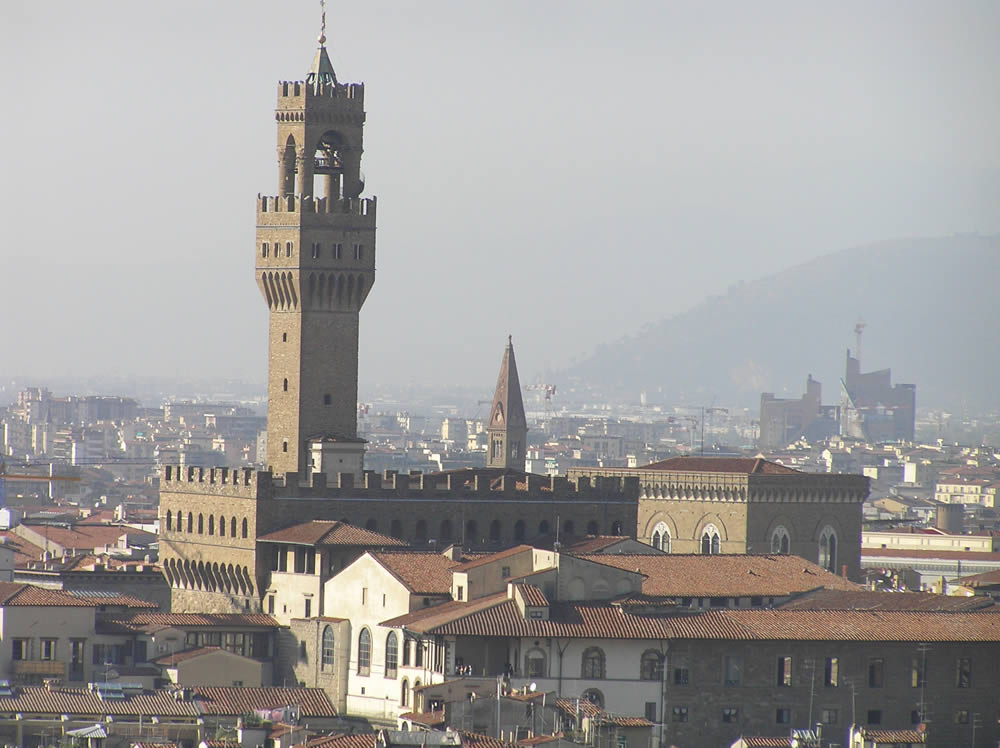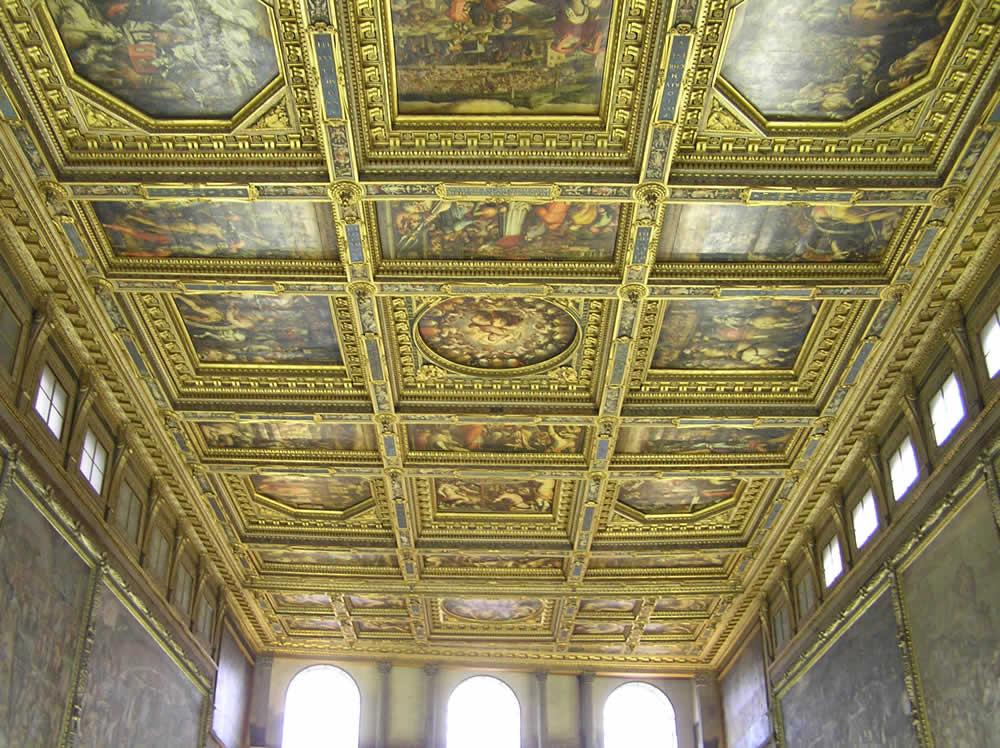At the end of the wall of the Salone dei Cinquecento (the one where the entrance is), there is a small masterpiece of Florentine mannerism, the study of Francesco I (in Italian “Studiolo di Francesco I” also called Tesoretto or Scrittoio del Duca). It is a small side room without windows that was part of […]
















